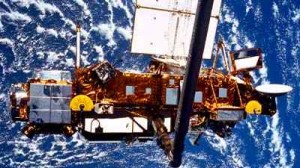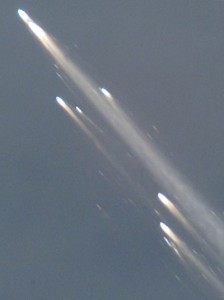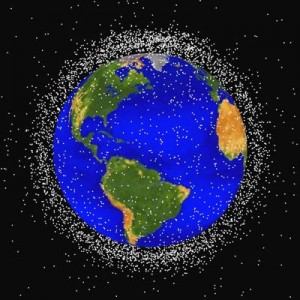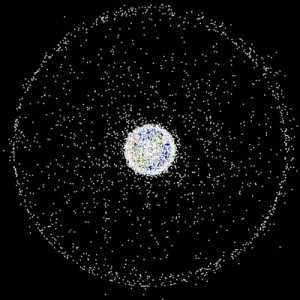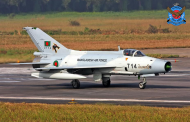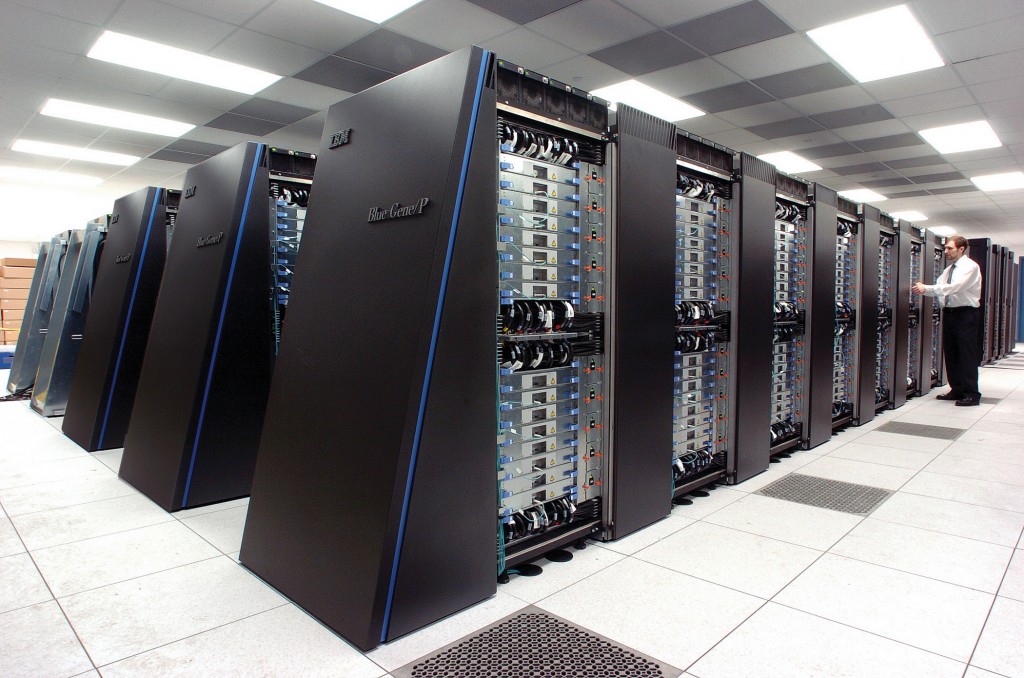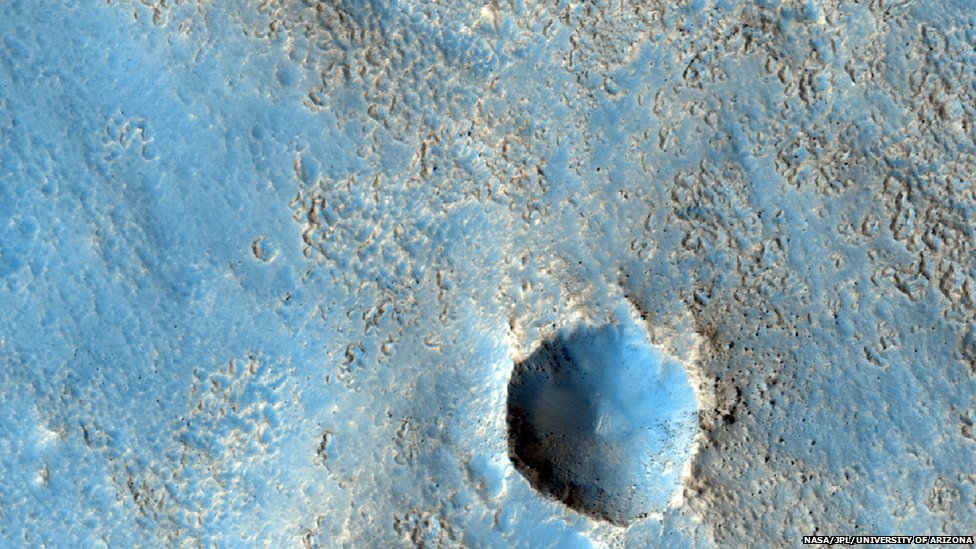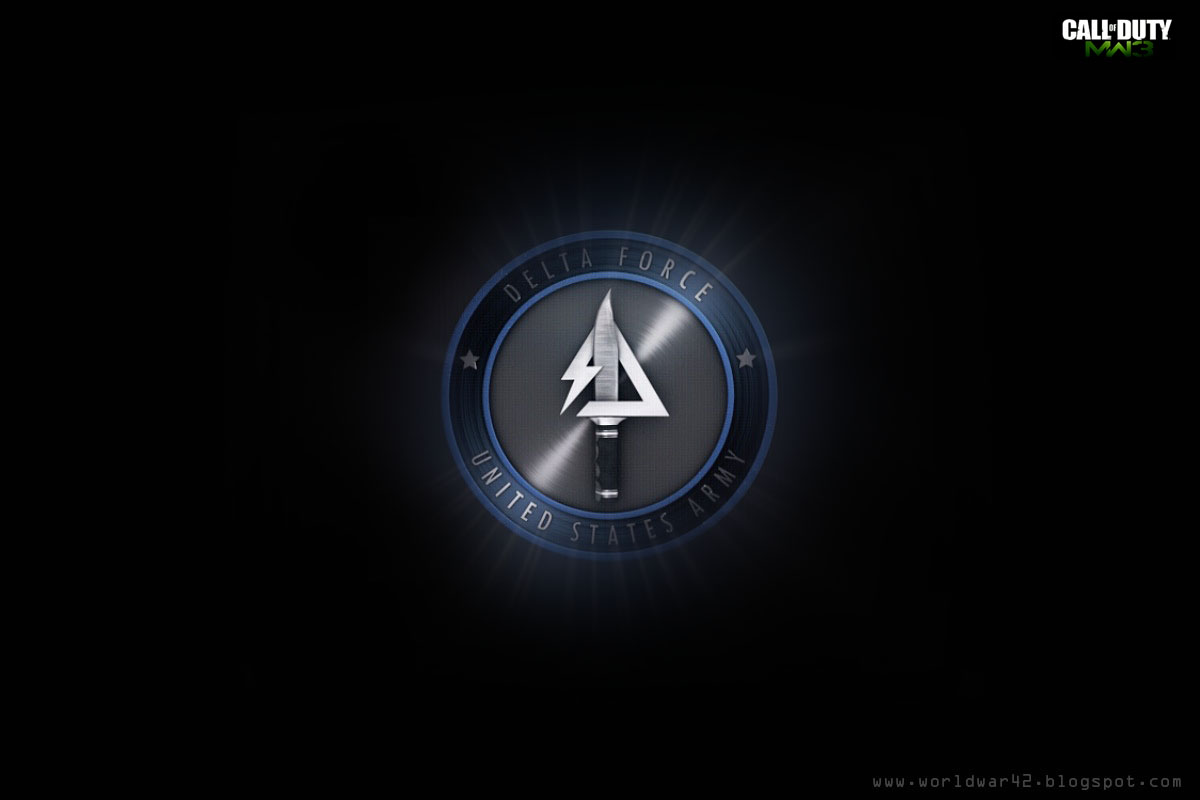Nasa has admitted it is “concerned” about a dead £471m satellite that will soon fall to Earth – but insisted there is little chance it will hit anyone.
The space agency says the 20-year-old Upper Atmosphere Research Satellite (UARS) is likely to fall sometime between late September and October.
Pieces of it could land anywhere in the six inhabited continents in a swathe of the world from Alaska to just north of the tip of South America. Scientists estimate there is just a one-in-3,200 chance a satellite part could hit someone and say most of it will burn up after entering Earth’s atmosphere.
The 5.4-ton UARS ran out of fuel in 2005 and will fall uncontrolled out of orbit, but Nasa says only about 544 kilograms of metal should survive.
It is far smaller than the 123-ton Russian space station Mir, which fell to Earth in 2001 or the 91-ton Skylab that fell in 1979. Both hit the Earth’s surface without harming anyone. Space debris usually hits water, as two-thirds of the earth is made up of sea. Nasa orbital debris chief Gene Stansbery said: “Things have been re-entering ever since the dawn of the Space Age; to date nobody has been injured by anything that’s re-entered.” “That doesn’t mean we’re not concerned.” Nasa now has a rule that the chance of any of its satellites hitting someone must be no more than one in 10,000, but UARS was launched in 1991 before that rule was adopted.
The satellite measured chemicals in the air and was launched to study climate change.
A Nasa spokesman added: “The risk to public safety or property is extremely small, and safety is Nasa’s top priority.
“It is too early to say exactly when UARS will re-enter and what geographic area may be affected, but Nasa is watching the satellite closely.”
The agency usually tries to put dead satellites into “a graveyard orbit” or steer them down to the ocean, but there is not enough fuel in UARS to do either.
The odds of any one individual among the Earth’s seven billion inhabitants being struck by the satellite are about one in 21 trillion.
It comes after a former Nasa senior scientist warned that space junk has made such a mess of the Earth’s orbit that it may soon need cleaning up.
Another Flying Mess: Space ‘Needs Clean-Up’>>>>>>>>>
Space junk has made such a mess of the Earth’s orbit that it may soon need cleaning up, Nasa’s former senior scientist has warned, Donald Kessler said that might mean scooping up the debris with nets, magnets or giant umbrellas.
There are 22,000 objects in orbit that are big enough for officials on the ground to track – and countless smaller ones that could damage spaceships and satellites. The International Space Station has even had to move out of the way of debris from time to time.
“We’ve lost control of the environment,” said Mr Kessler, who produced a report for the National Academy Of Sciences.
Since the space age began 54 years ago, civilisation has littered the area just above Earth’s atmosphere.
The debris includes leftover boosters and other parts that come off during launches, as well as old satellites. When scientists first noticed this could be a problem, they came up with agreements to limit new space junk – and those plans had been working.
The agreements are intended to make sure that what is now sent into orbit eventually falls back to Earth and burns up.
But Mr Kessler’s report said two events in the past four years meant everything had now changed.
He said a Chinese anti-satellite weapon test in 2007 and the crash of two satellites in 2009 had put a large amount of new junk in space.
The widely criticised Chinese test used a missile to smash an old weather satellite into 150,000 pieces of debris.
Some 3,118 pieces of those pieces are large enough to be tracked by radar on the ground. “Those two single events doubled the amount of fragments in Earth orbit and completely wiped out what we had done in the last 25 years,” Mr Kessler complained. The study referred to a report by the Defence Advanced Research Projects Agency which mentions harpoons and nets as ways of sweeping up debris. The report also referred to magnets and a giant dish or umbrella-shaped device.
Nasa officials said they were examining the study.
Source : NASA / SKY / e-News







